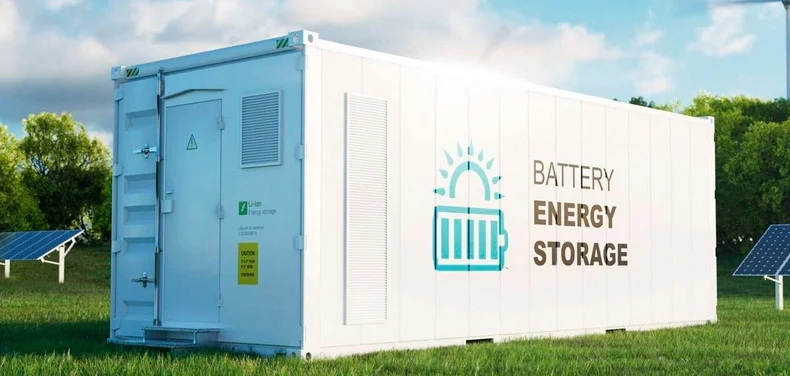The Kenya Electricity Generating Company PLC (KenGen) has unveiled a cutting-edge Battery Energy Storage System (BESS) at its Nairobi headquarters, reinforcing its commitment to sustainable energy and digital transformation. The newly installed 1.16 megawatt-hour (MWh) system will provide uninterrupted renewable power to KenGen’s 52-kilowatt Modular Data Center (MDC), which houses 356 U-spaces and supports the company’s expanding digital infrastructure.
According to a statement released Tuesday, the BESS ensures stable electricity supply even during periods of low grid demand, underscoring the critical role of battery technology in enhancing energy resilience. KenGen’s Managing Director and CEO, Eng. Peter Njenga, described the development as a milestone in Kenya’s journey toward a low-carbon, digitally resilient future.
“By integrating battery storage into our data infrastructure, we are not only reducing our carbon footprint but also showcasing how energy utilities can lead in sustainable innovation,” Eng. Njenga noted during the launch event.
Beyond serving internal operations, the MDC and BESS facility will act as a model for how utilities can leverage renewable energy storage to meet rising computing and connectivity needs. The project aligns with KenGen’s “Good to Great (G2G) 2034” strategic plan, which aims to deploy 500MWh of energy storage capacity over the next decade.
Battery Energy Storage Systems store energy—typically from renewable sources like solar or wind—during periods of low demand and release it when needed, such as during peak hours or outages. These systems improve grid stability, offer energy independence, enhance cost efficiency, and provide seamless backup capabilities.
The technology operates by converting incoming electrical energy into chemical energy stored in battery cells. An Energy Management System (EMS) controls the charging and discharging processes, while a Power Conversion System (PCS) transforms stored DC (Direct Current) into AC (Alternating Current) for grid compatibility. AC is preferred for long-distance transmission due to its lower energy loss and cost-effective generation.
KenGen’s BESS installation marks a transformative step in harnessing green technology to support Kenya’s growing energy and digital infrastructure.




